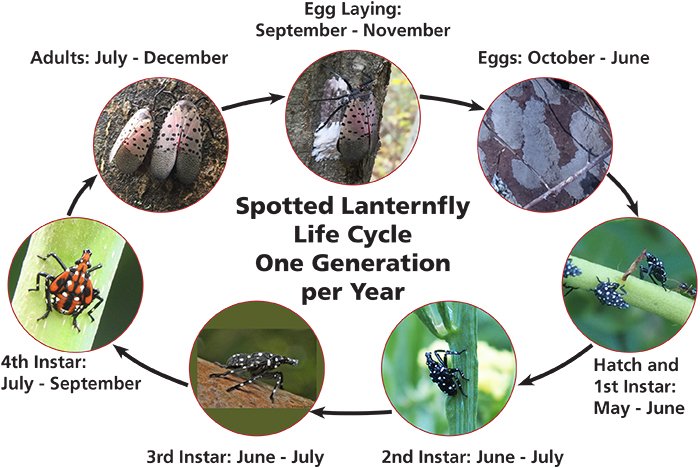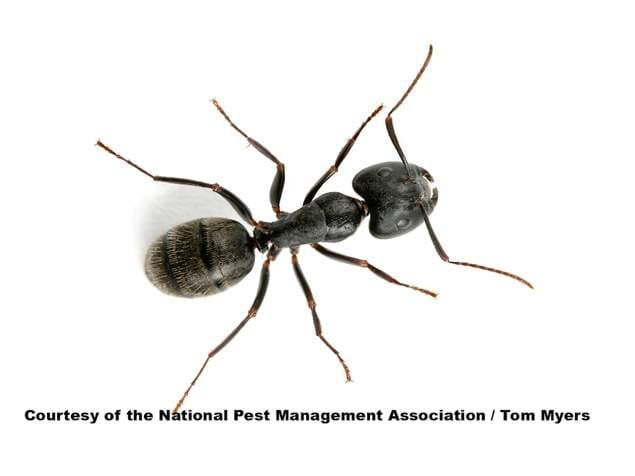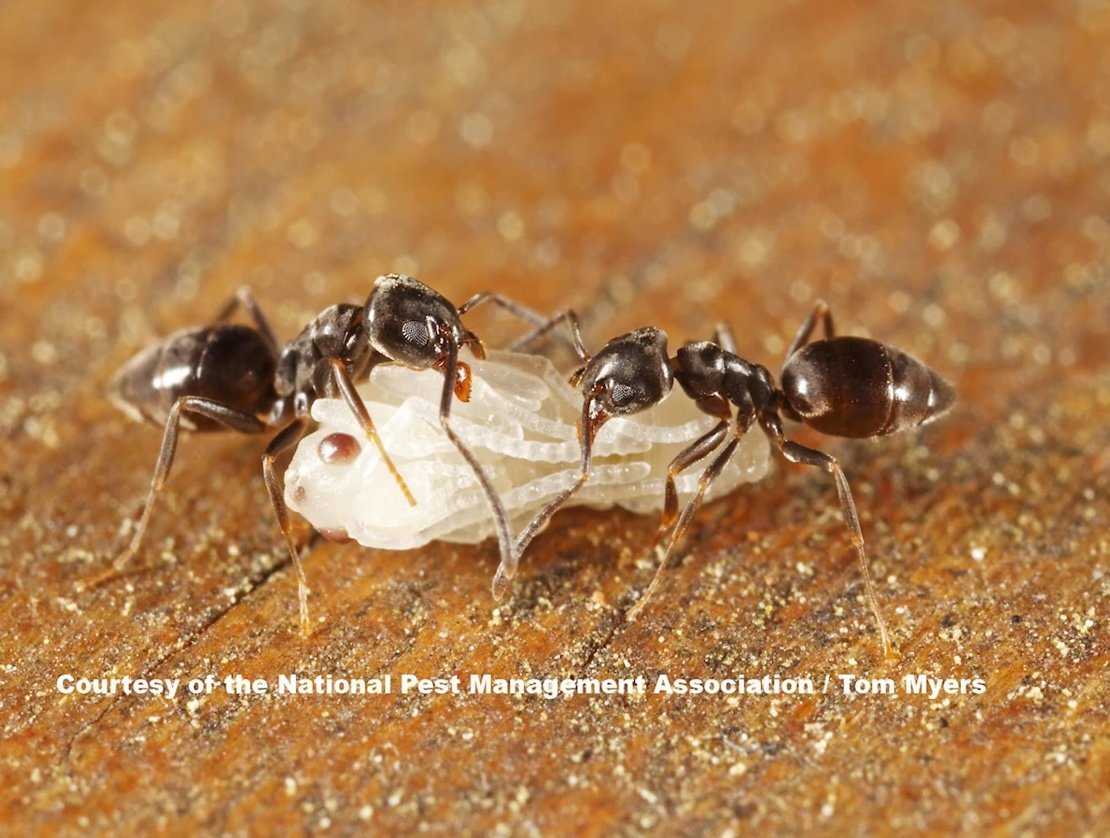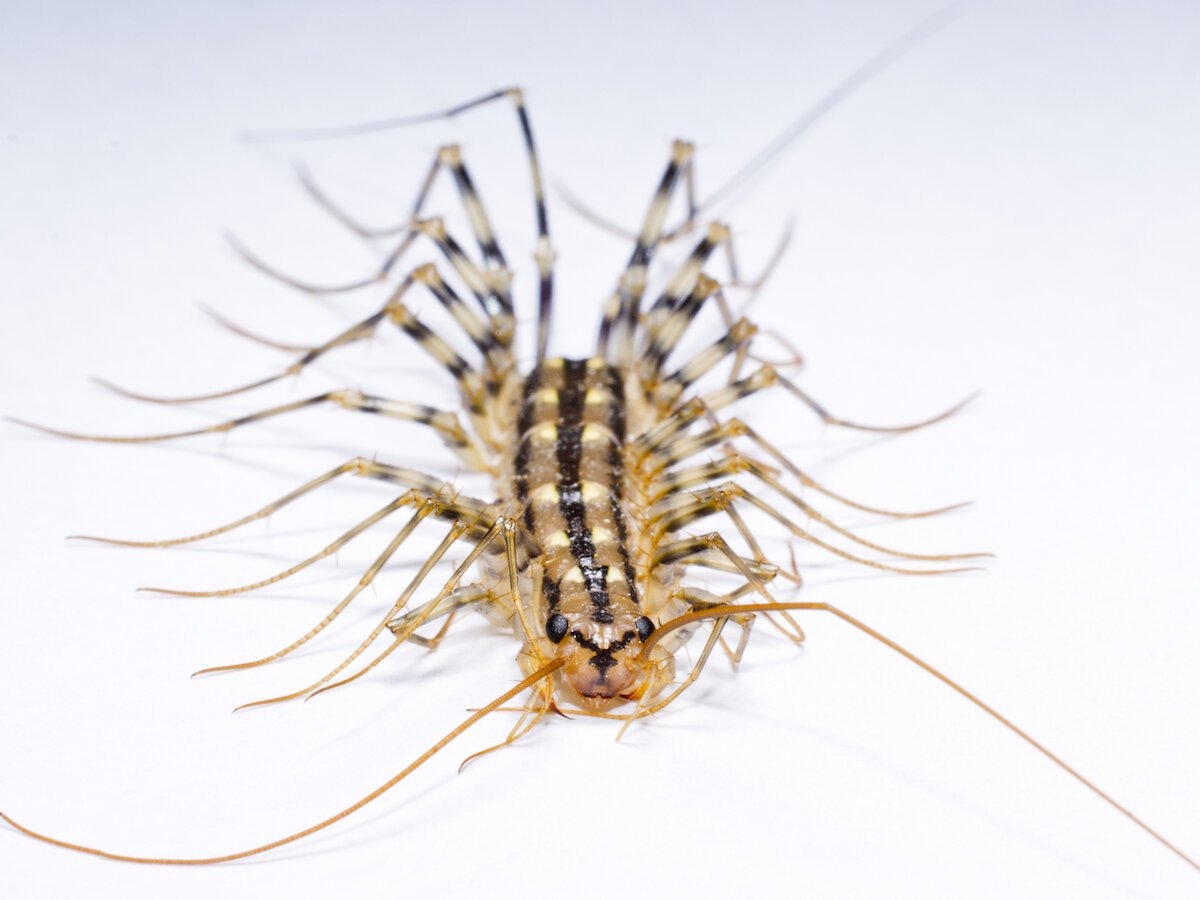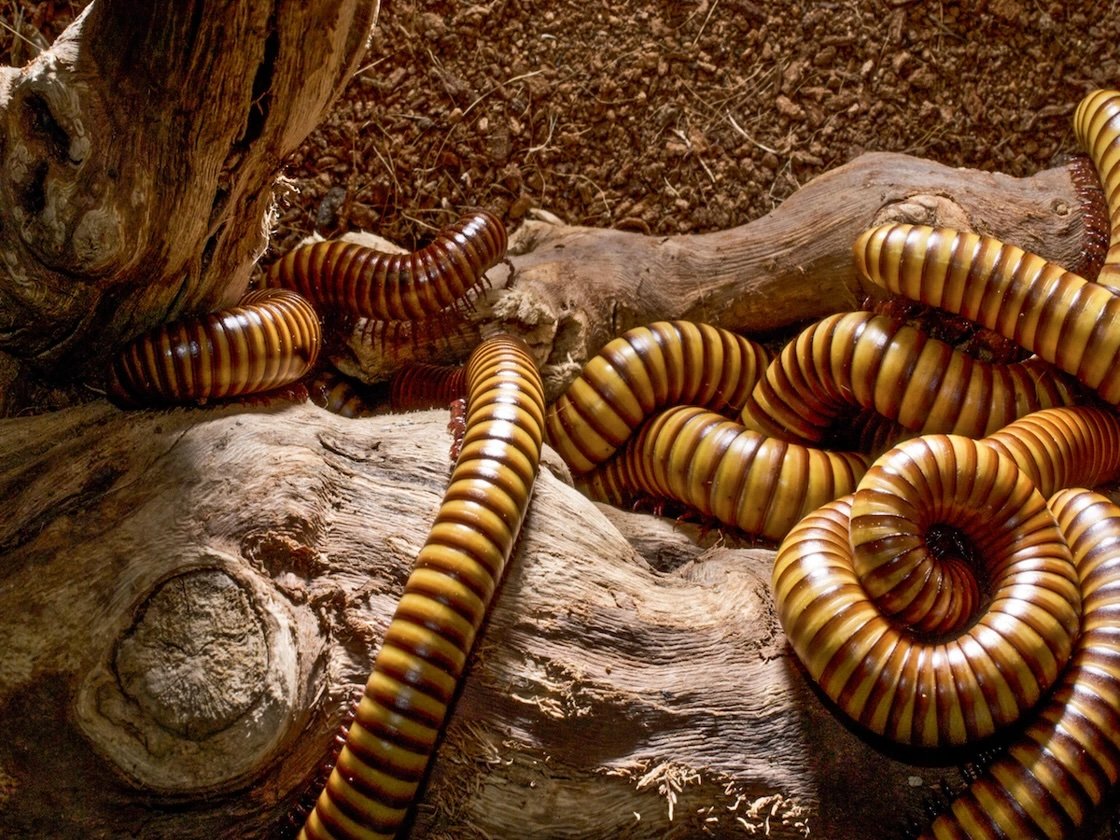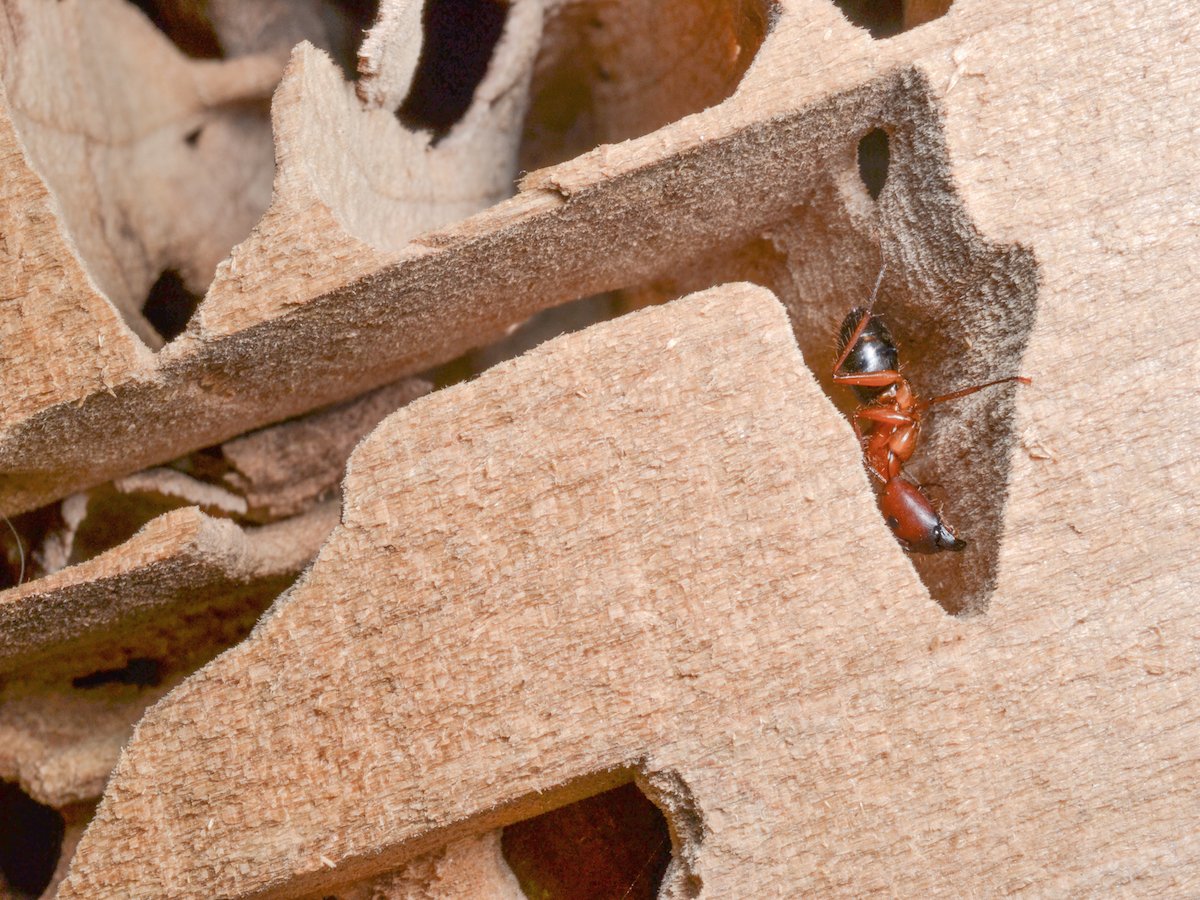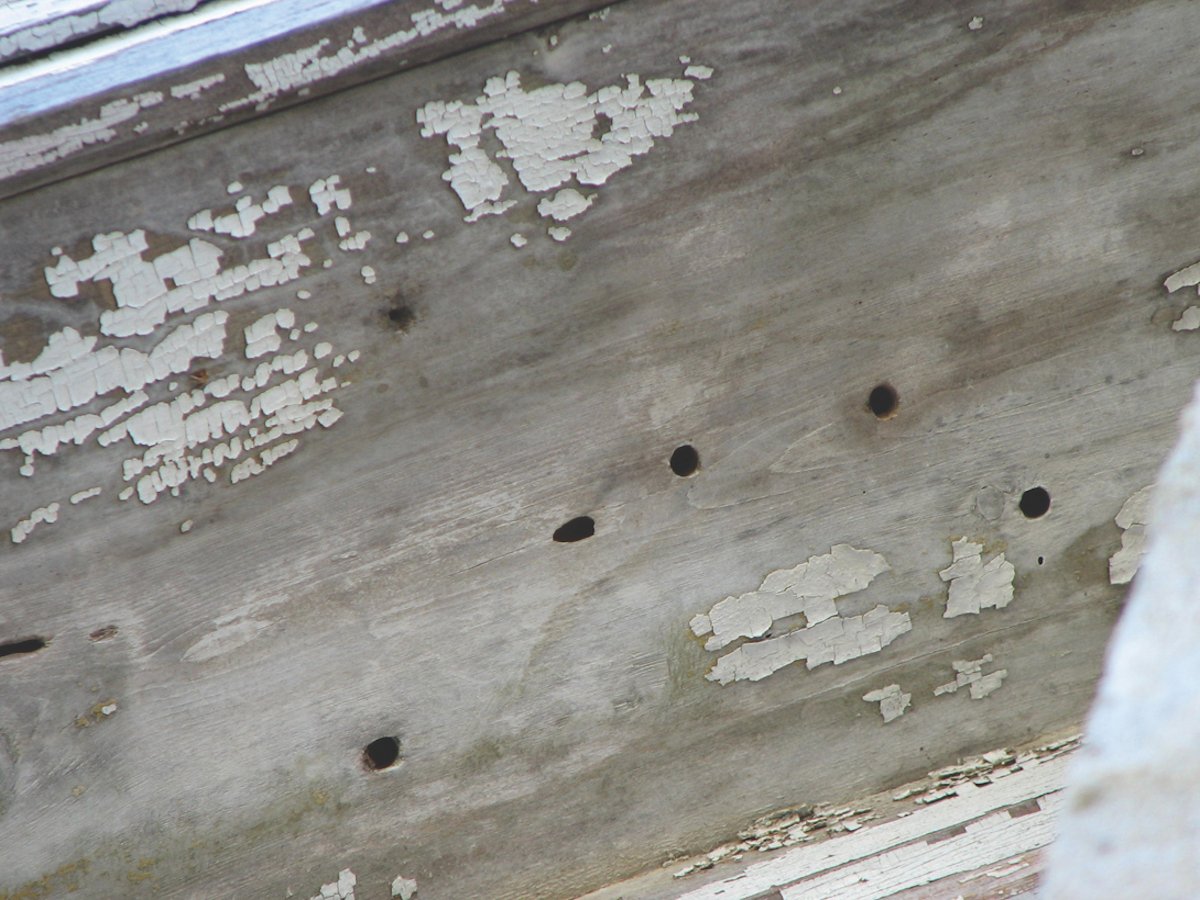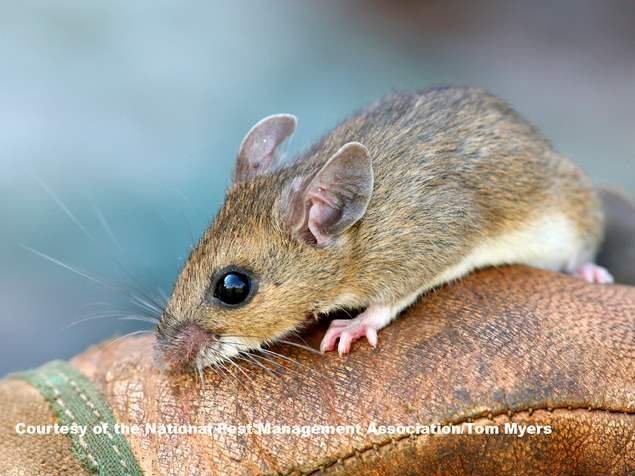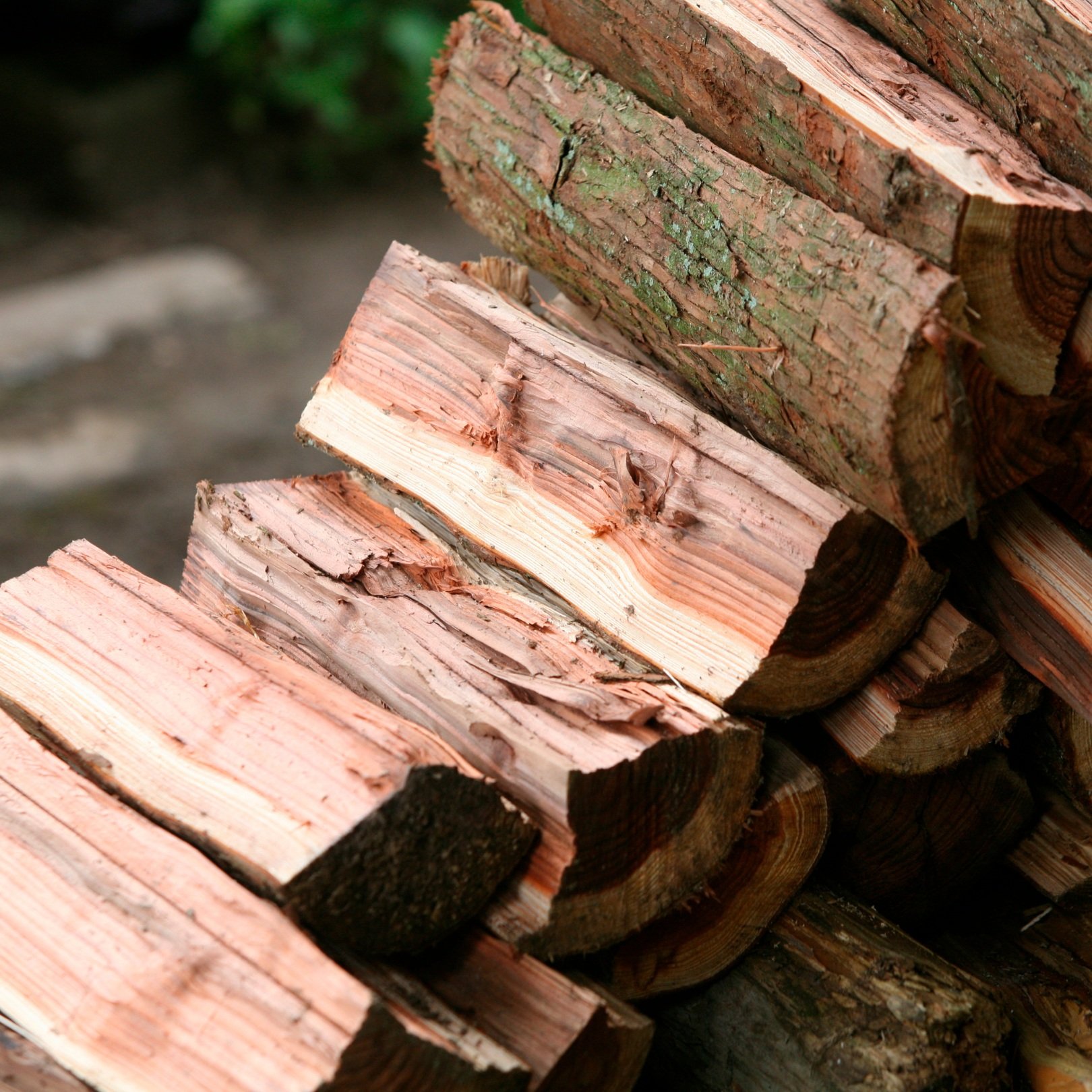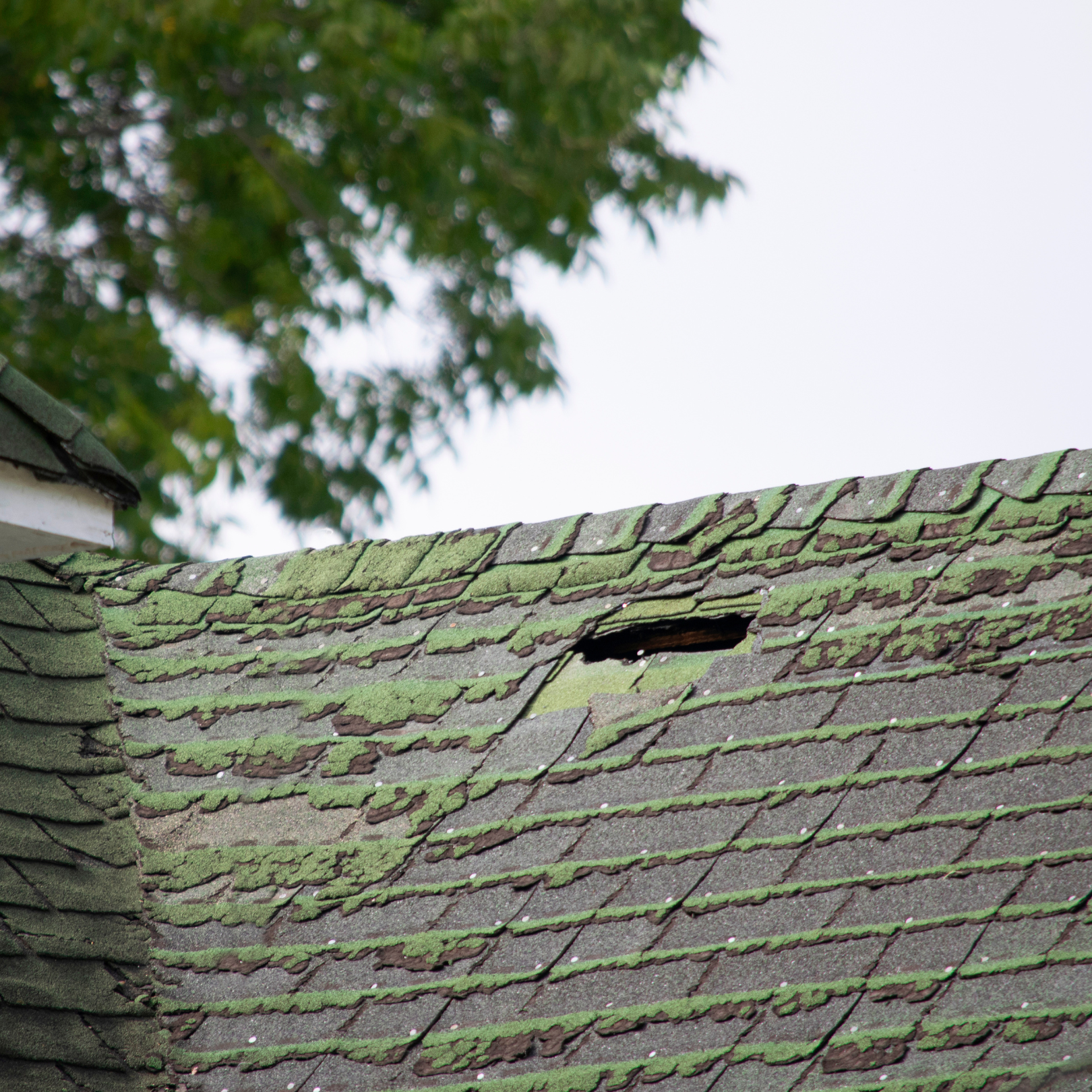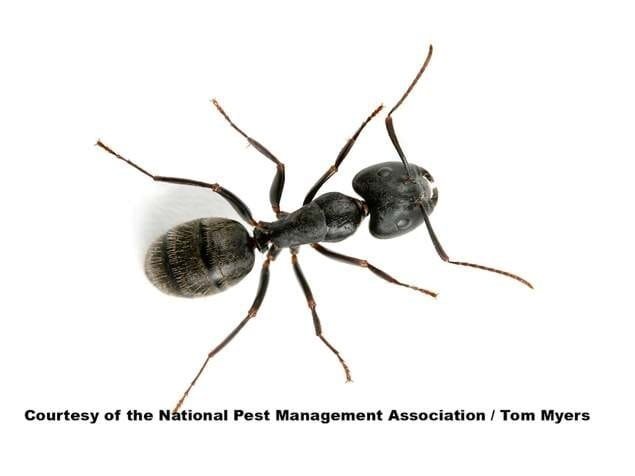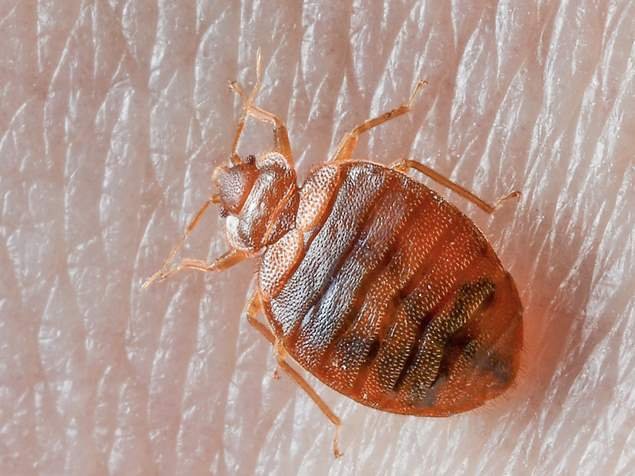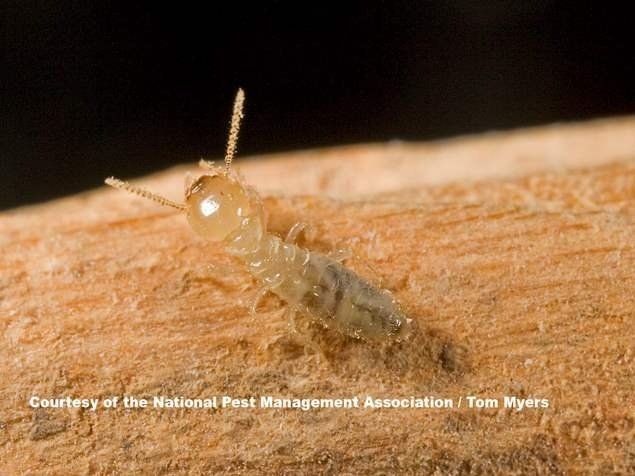Cooler temperatures and shorter days have arrived, and everything smells like pumpkin spice: Thanksgiving and the holidays are not far behind! Dropping temperatures also mean that bugs and rodents are trying to find a warm place to spend the winter. Don’t let it be your house!
There’s a long list of bugs that would feed on your flour, sugar and chocolate, raisins and other baking supplies, but you’re most likely to see Indian meal moths and merchant grain beetles. Neither of these bugs carry any diseases that will make you sick, but the sight of bugs in your pantry is not very appetizing.
Cockroaches can carry over 30 kinds of bacteria including salmonella and E.Coli and will eat almost anything including glue and toothpaste! Roaches multiply rapidly and are difficult to eliminate. If you see one roach, we can guarantee there are a lot more that you can’t see. Call us and have your home treated, then be vigilant about keeping things clean and you can say goodbye to cockroaches.
Mice can enter your home in a space as small as a dime and just love anything grain based like oatmeal, cereal, pasta, and crackers but they’re not picky and will chow down on whatever’s handy, including protein bars!
Here are our list of tips to avoid an infestation this season:
Inspect the packaging
That’s right, pest control in the pantry begins in the store! Before buying bags of sugar, flour, chocolate, cereal or nuts, pay close attention to the seams of the bags and boxes and look for any holes or tiny tears. If there’s an opening or it appears as though food is leaking out, look for an intact package.
Store it right
Once you get the food in your house, ensure that you have the appropriate storage containers to keep it. Don’t expect a bag clip to keep enterprising (and hungry!) grain beetles out of that bag of flour. Invest in a proper set of canisters or get some plastic containers with secure lids.
Deck the halls
If you’re getting a live tree, wreath or garland, look over it carefully for any signs of insect activity. This goes double for the wood pile. If you have a fireplace, check your woodpile regularly for insects and rodents and look closely at the wood you’re bringing in to the house to make sure it’s not hiding bugs!
Clean it up
Don’t let spills, particularly anything sugary or fatty, sit. If the whole family is gathered around the tv watching football games or binge watching your favorite shows (or putting cookies out for Santa!), make sure to clean up crumbs, because the kitchen isn’t the only place bugs find food!
The takeaway from all this is to call a pest control professional in your area and get your home treated if you suspect any kind of infestation in your pantry. Then keep your counters, floors and furniture clean and crumb free and you’ll make your home an inhospitable place for bugs.










